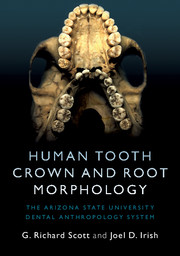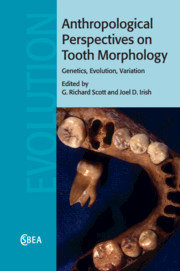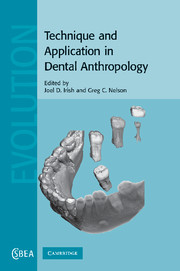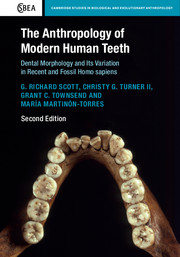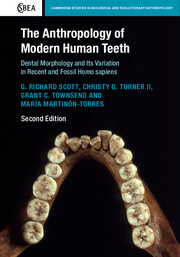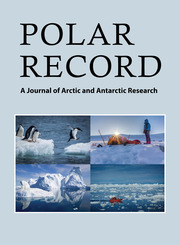Human Tooth Crown and Root Morphology
This guide to scoring crown and root traits in human dentitions substantially builds on a seminal 1991 work by Turner, Nichol, and Scott. It provides detailed descriptions and multiple illustrations of each crown and root trait to help guide researchers to make consistent observations on trait expression, greatly reducing observer error. The book also reflects exciting new developments driven by technology that have significant ramifications for dental anthropology, particularly the recent development of a web-based application that computes the probability that an individual belongs to a particular genogeographic grouping based on combinations of crown and root traits; as such, the utility of these variables is expanded to forensic anthropology. This book is ideal for researchers and graduate students in the fields of dental, physical, and forensic anthropology and will serve as a methodological guide for many years to come.
- Provides detailed descriptions and illustrations of forty-two dental and oral traits with illustrations of the associated standard plaques
- A supplementary web-based application, rASUDAS, can be used to evaluate the ancestry of an individual in a forensic context
- The appendix provides full class frequency distributions for sixty populations from around the world, helping researchers put their samples into a broader geographical context
Product details
March 2017Adobe eBook Reader
9781108166867
0 pages
0kg
224 b/w illus. 55 tables
This ISBN is for an eBook version which is distributed on our behalf by a third party.
Table of Contents
- Acknowledgments
- Part I. Introduction, Background and Terminology: Introduction
- Why a guidebook?
- Terminology
- Part II. Crown and Root Trait Descriptions:
- 1. Winging
- 2. Labial convexity
- 3. Palatine torus
- 4. Shoveling
- 5. Double shoveling
- 6. Interruption grooves
- 7. Tuberculum dentale
- 8. Bushman canine
- 9. Canine distal accessory ridge
- 10. Upper premolar accessory ridges
- 11. Upper premolar mesial and distal accessory cusps
- 12. Uto-Aztecan premolar
- 13. Metacone
- 14. Hypocone
- 15. Bifurcated hypocone
- 16. Cusp 5
- 17. Marginal ridge tubercles
- 18. Carabelli's trait
- 19. Parastyle
- 20. Enamel extensions
- 21. Upper premolar root number
- 22. Upper second molar root number
- 23. Lateral incisor variants
- 24. Pegged-reduced-missing third molars
- 25. Premolar odontomes
- 26. Midline diastema
- 27. Lower premolar cusp number
- 28. Anterior fovea
- 29. Mandibular torus
- 30. Lower molar groove pattern
- 31. Rocker jaw
- 32. Lower molar cusp number
- 33. Deflecting wrinkle
- 34. Distal trigonid and mid-trigonid crests
- 35. Protostylid
- 36. Cusp 6
- 37. Cusp 7
- 38. Lower first premolar root number (Tomes' root)
- 39. Lower canine root number
- 40. Three-rooted lower molars
- 41. Lower molar root number
- 42. Torsomolar angle
- Part III. Conclusions: General considerations
- Introduction
- Basic concerns
- Final cautionary notes
- Appendix (full class frequency distributions for 29 key traits in 60 world samples)
- A.1 Key to tables
- A.2 Sample provenance
- A.3 Samples by geographic area.

